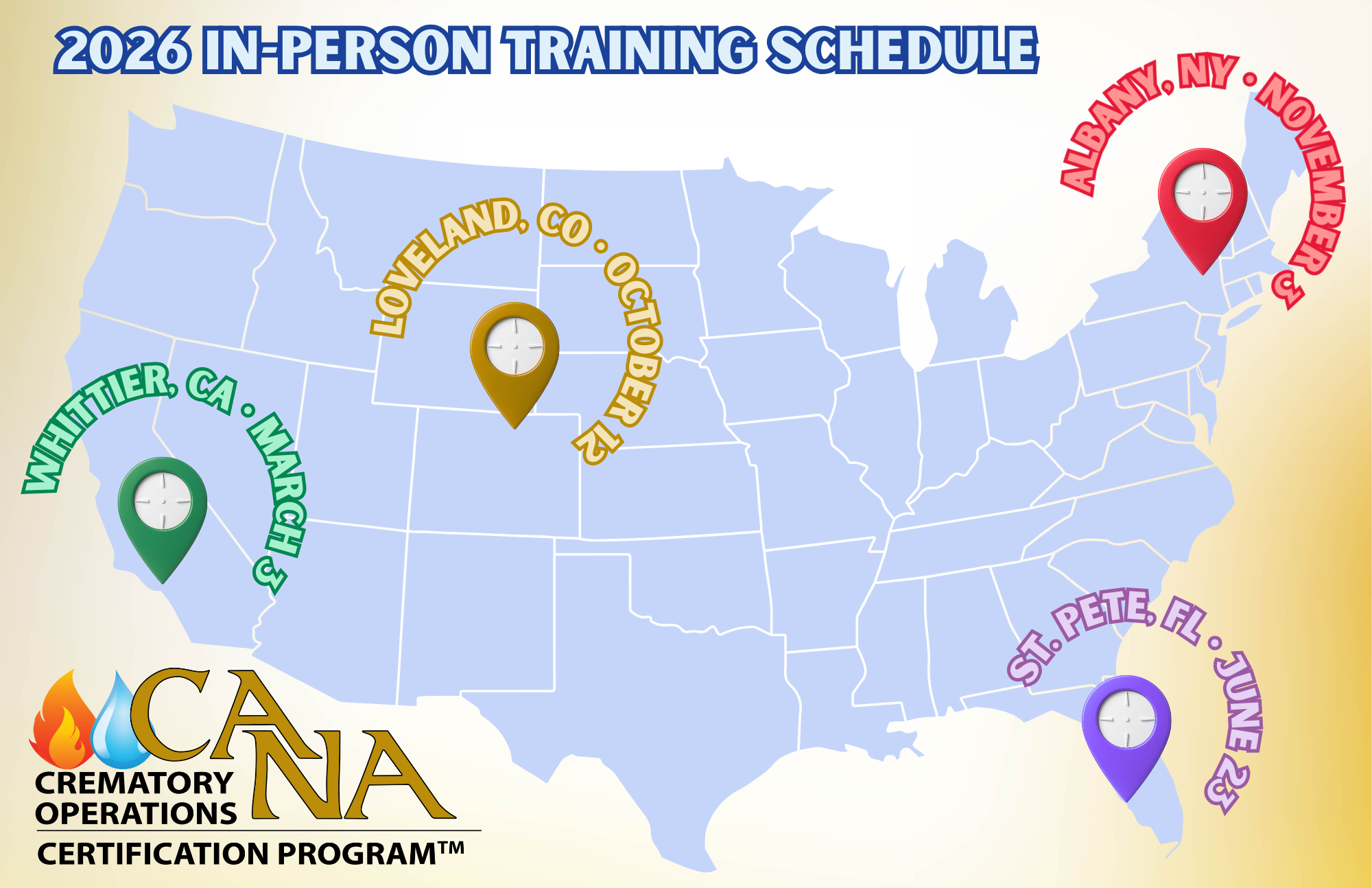Sick and Cruel Hackers Want to Wreck Your Zoom Funeral Livestream
When family and friends logged into the Zoom livestream hosted by Wiseman Mortuary in Fayetteville, North Carolina they expected to see Linda Rivera’s funeral services. Instead, they saw screen after screen of porn images and cartoon characters spewing racial slurs.
Wiseman’s Zoom feed — and the Rivera homegoing service — had become the target of hackers. Wiseman staff were able to cut off the feed to the funeral home’s monitors after about 30 seconds, but remote viewers around the world were subjected to the hackers’ content for about 20 minutes.
“[There was] gay pornography, naked women and SpongeBob calling the family the n-word,” said Joe Rivera, Linda’s husband of 42 years.
In January the Zoomed funeral of Phoenix, Arizona vice-mayor and civil rights leader Calvin Goode was similarly interrupted. A male hacker’s voice, making vulgar and racist comments, including the n-word, drowned out a speech by the city’s mayor. This time the Zoom was streamed on the city’s Facebook page and not by a funeral home — but the result was equally devastating.
Livestreamed funeral services aren’t just a nice option for families these days. Rather, your families expect it — and they rightly assume that their loved one’s service will be broadcast clearly, uninterrupted … and free of pornography.
Zoom Suit Riot
Zoom became something of a household word during the pandemic. Best known for often-pantsless corporate video conferencing, Zoom made working from home a little more palatable, bringing the faces and unkempt living rooms of co-workers together on one screen.
More than 300 million people used Zoom every day in April 2020, up from 10 million a day just five months earlier. The rapid growth exposed a host of security and privacy flaws, including less-than-optimal encryption and the sharing of users’ personal data.
“Zoombombing” — the practice of unwelcome guests exploiting a Zoom screen-sharing feature to join others’ video conferences — became so prevalent that in March 2020, the U.S. District Court for the Northern District of California consolidated 14 class-action complaints into a single class-action lawsuit against Zoom Video Communications.
In August, Zoom settled the suit by agreeing to pay $85 million and to improve its security practices and train its employees on privacy and data handling. The Rivera funeral fiasco a few weeks ago seems to indicate security at Zoom still needs work.
“It’s not a matter of ‘if’ but ‘when’ these days,” says Kyle Fogarty, cofounder of deathcare livestream provider MemoryShare. “Private Zooms may help deter a lazy hacker, but if a hacker wants to get access, they can. Zoom claimed it had increased their security measures, but it was discovered they actually didn’t.”
Videoconference or Livestream?
Technically, Zoom, Microsoft Teams, WebEx, GoToMeeting, and Google Meet all broadcast video in real time. However, these platforms were developed for interactive videoconferencing, not livestreaming. Like the pre-video conference call, they’re meant to facilitate collaboration among several parties, like a company’s coworkers or a classroom of remote students. It’s possible that these providers would focus their energies on features that make collaboration easier and more functional, rather than on video quality … or security.
Livestreaming isn’t meant for interaction or collaboration. Instead, livestream platforms strive for high-quality, secure, uninterrupted video broadcasting to a large audience. Unlike videoconferences, livestreams usually don’t limit the number of viewers or require special software to download. They’re cloud-based and can be accessed from pretty much any browser.
When the pandemic hit, some funeral homes opted for a familiar livestream provider like Facebook Live, YouTube, or Vimeo — but even these aren’t always optimal for deathcare.
“A very common occurrence we hear is streams being muted or removed if done on Facebook or Youtube,” Fogarty adds. “Additionally, Funeral Homes’ Facebook and Youtube accounts are constantly being suspended and in some cases, banned for copyright infringements.”
Is There a Hack-Proof Answer?
There are a lot of things that could go wrong during a funeral, but livestreaming the service doesn’t have to be one of them. Your best bet is to work with a livestreaming company that specializes in deathcare.
“Certainly, there are many ways to livestream these days, but funeral service isn’t like other professions,” Fogarty says. “Finding a streaming company that answers the phone, is designed for funerals, and understands funeral service is crucial.”
Forgarty’s company, MemoryShare, is one of several providers operating exclusively in the deathcare space. He and MemoryShare co-founder Shane White made security a priority when setting up their service to make it hack-proof and bomb-free.
“MemoryShare streams cannot be hacked because there is no way for the viewers to ‘sign in’ to the stream and share anything,” Fogarty explains. “We also built our app for Apple devices only, which are the most secure in the world. When the FBI tried to force Apple to create a ‘backdoor’ into their devices to access user data, Apple refused. So unless a hacker is better than Apple and the FBI, your MemoryShare streams are safe.”




